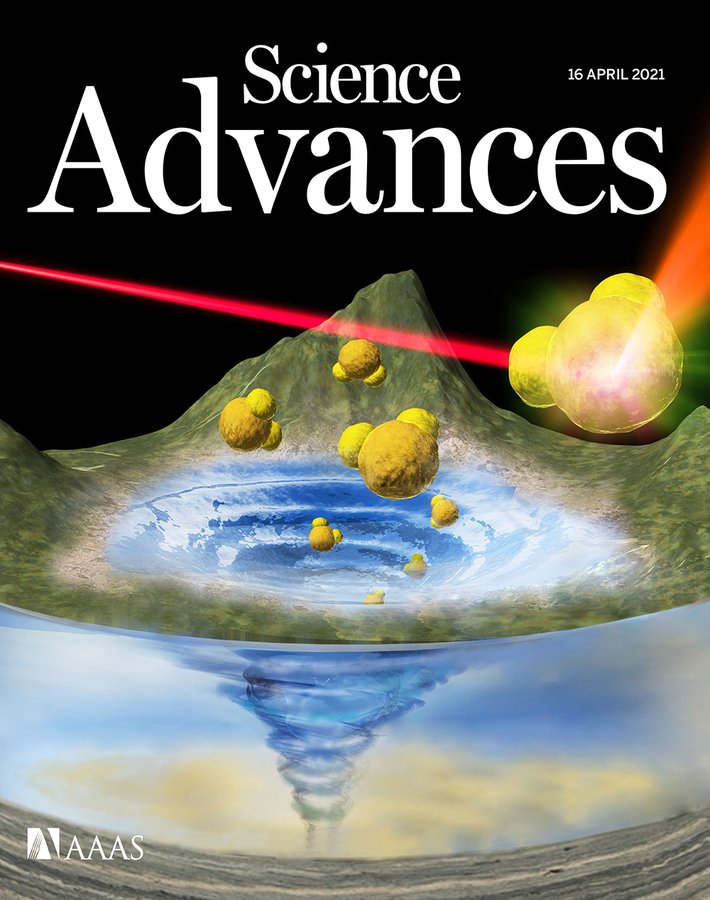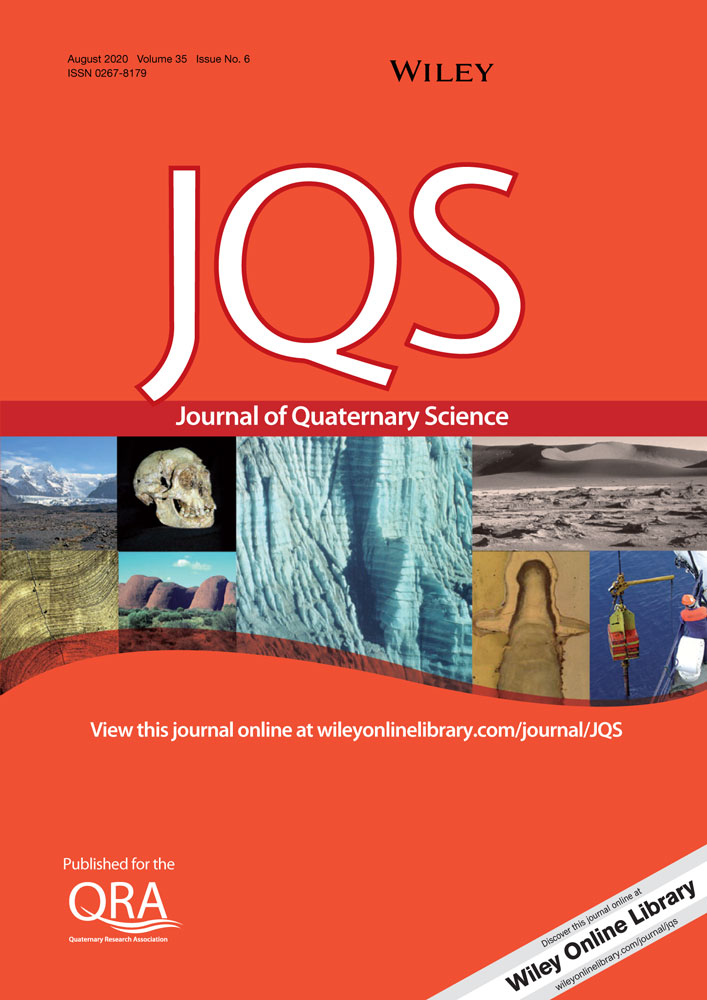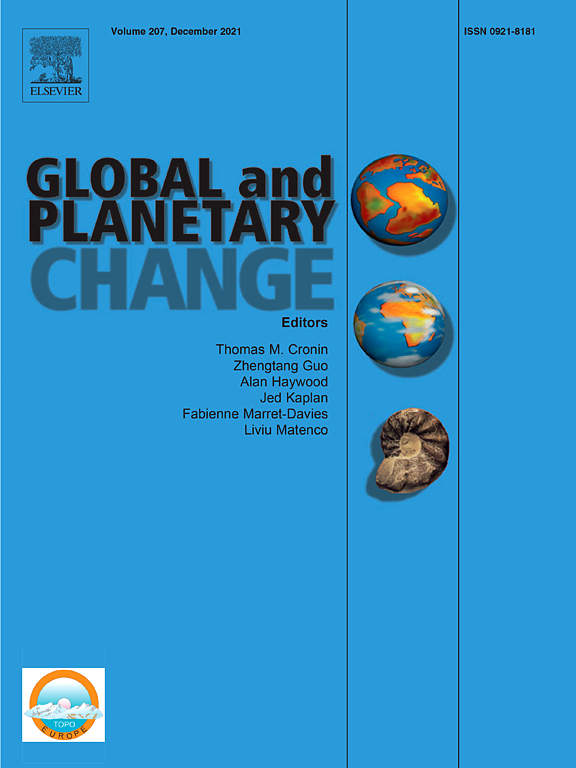Science Advances 14 April 2021
Breakthrough in purification of fossil pollen for dating of sediments by a new large-particle on-chip sorter
Kasai Y, Leipe C, Saito M, Kitagawa H, Lauterbach S, Brauer A, Tarasov PE, Goslar T, Arai F, Sakuma S.
Particle sorting is a fundamental method in various fields of medical and biological research. However, existing sorting applications are not capable for high-throughput sorting of large-size (>100 micrometers) particles. Here, we present a novel on-chip sorting method using traveling vortices generated by on-demand microjet flows, which locally exceed laminar flow condition, allowing for high-throughput sorting (5 kilohertz) with a record-wide sorting area of 520 micrometers. Using an activation system based on fluorescence detection, the method successfully sorted 160-micrometer [...]







